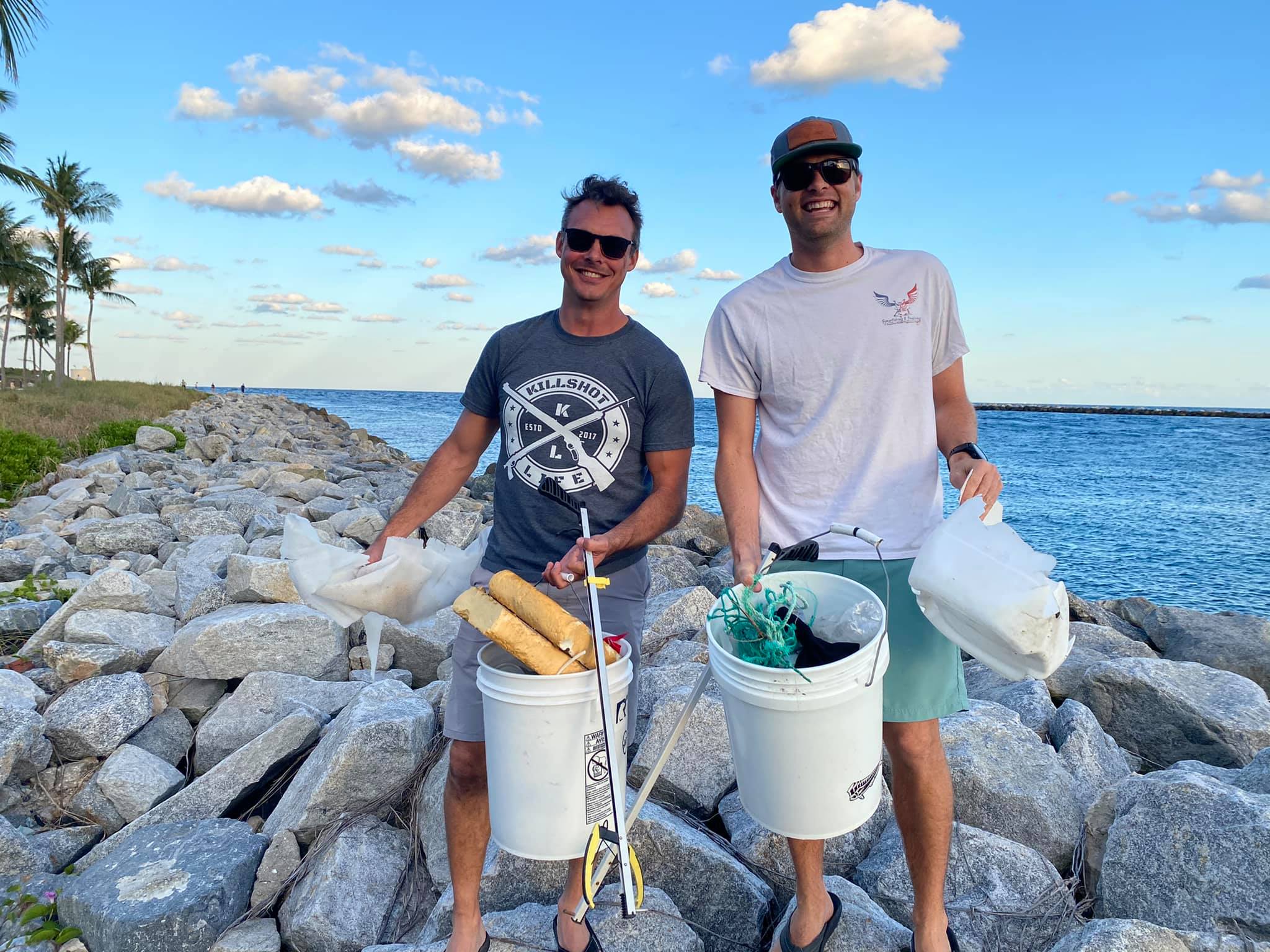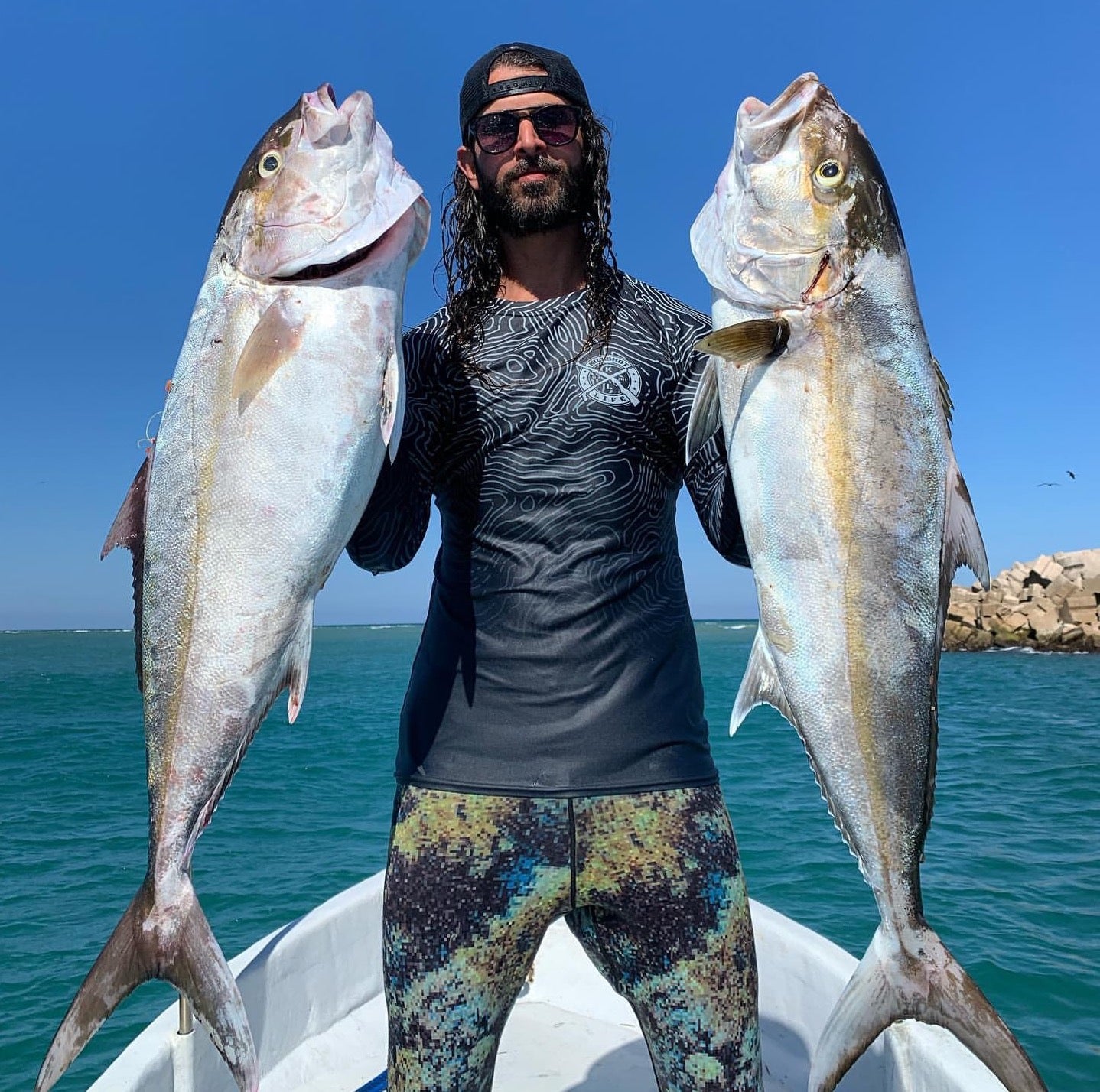Hunting for Conservation: Africa’s Wildlife as a Resource
Share
Turning Wildlife into an Asset, Not a Nuisance
One of the most compelling benefits of regulated hunting is that it transforms wildlife from a burden into a valuable resource. When communities and landowners stand to profit from sustainable use such as trophy hunting, they become motivated to protect animals and their habitats. In sub-Saharan Africa, trophy hunting conserves roughly 344 million acres, which is more than all national parks combined, by making wildlife more economically valuable than crop conversion or livestock grazing (cic-wildlife.org, perc.org).

This “if it pays, it stays” logic applies across multiple contexts, such as in Namibia’s communal conservancies and in Zimbabwe’s CAMPFIRE program.
Funding Conservation and Community Development
Wherever trophy hunting has been allowed under strict regulation, it has generated substantial revenue that helps fund anti-poaching, wildlife management, and community projects. In Zimbabwe’s CAMPFIRE initiative, 89% of the revenue, surpassing US $20 million by 2001, came from safari hunting. Most of that flowed directly into communities in the form of schools, clinics, and infrastructure, while simultaneously reducing illegal poaching (en.wikipedia.org).
In Namibia’s conservancies, funds from hunting and tourism have spurred remarkable wildlife recoveries. Elephants have rebounded from a few dozen to hundreds, black rhinos have flourished, and cheetah populations have become the world’s largest, all while community investment in conservation grew (conservationfrontlines.org).
Species-Specific Benefits of Hunting
Rhinos
- Revenue impact: Permits for older male black rhinos in Namibia have sold for $350,000 to $400,000, with proceeds directed into conservation and anti-poaching programs (savetherhino.org).
- Population health: Older bulls can be overly aggressive, attacking younger bulls and even calves. Selective removal of such males reduces conflict, allowing more breeding opportunities for younger bulls and improving overall growth rates (conservationfrontlines.org).
- Conflict prevention: By giving rhinos a financial value, communities have an incentive to protect them rather than tolerate poaching pressure.
Lions
- Revenue impact: In Tanzania, lion hunting alone generates about $1.96 million annually, with each trophy fetching tens of thousands of dollars (en.wikipedia.org). In Zimbabwe, similar quotas generate funding for game scouts and local villages.
- Population health: Hunting focuses on males at least 6 years old. This reduces the problem of younger males being killed in territorial fights and minimizes infanticide risk, where incoming males kill cubs sired by rivals (Whitman et al. 2004).
- Human conflict mitigation: By channeling revenue to local people, lions are transformed from a threat to livestock into a valuable resource, reducing retaliatory killings.
Hippos
- Revenue impact: Hippo hunting licenses in countries such as Tanzania and Zimbabwe cost thousands of dollars per animal, providing funds for riverine habitat management and anti-poaching (bushmansquiversafaris.com).
- Ecosystem balance: Hippos can overpopulate rivers, destroying vegetation, eroding banks, and depleting resources for other species. Selective hunting prevents habitat degradation.
- Human conflict mitigation: Hippos are responsible for more human deaths in Africa than any other large animal. Hunting not only provides meat and revenue but also helps reduce encounters that put rural communities at risk.
Elephants
- Revenue impact: Elephant hunts are among the most valuable in Africa, often generating $40,000 to $70,000 per permit, with much of this revenue funding anti-poaching patrols and community programs (savetheelephants.org). In some countries, elephant hunting contributes more than 30 percent of all hunting revenue.
- Population health: Older bull elephants, particularly those past breeding prime, can dominate waterholes and drive off younger breeding males. Selective removal of these individuals allows healthier breeding dynamics and reduces aggressive encounters (conservationfrontlines.org).
- Human conflict mitigation: Elephants can destroy crops, trample fields, and threaten rural livelihoods. In countries like Zimbabwe and Namibia, hunting revenues are used to compensate farmers and reduce elephant-related conflict, turning a dangerous liability into a conservation asset.
Protecting Land That Would Otherwise Be Lost
Hunting areas often include marginal or remote lands unsuitable for traditional uses. Yet under sustainable hunting programs, such areas remain wildlife habitat rather than being cleared for agriculture. Across Africa, such lands extend conservation well beyond formal protected zones and more than double their combined area (fao.org, en.wikipedia.org).
Real-World Success Stories
- Zimbabwe’s CAMPFIRE: Brought household income increases of 15 to 25 percent, reduced poaching, and provided education and healthcare benefits (en.wikipedia.org).
- Namibia’s Communal Conservancies: Rebounded elephant and rhino populations while funding communities with direct hunting revenue (savetherhino.org).
- Scientific Consensus: Studies show that sustainable hunting contributes to species persistence, community welfare, and ecosystem stability (conbio.onlinelibrary.wiley.com).
Addressing Skepticism
It is true that unethical practices and mismanagement can tarnish the case for hunting. High-profile incidents like Cecil the lion’s killing highlight the risks. But these are exceptions, not the norm when hunting is legal, well monitored, and scientifically regulated. Many conservation organizations, including the IUCN, recognize that when done properly, hunting can deliver dual benefits for wildlife and communities (time.com).
Summary: Why Hunting Deserves Support as a Conservation Tool
Argument |
Why It Matters |
|---|---|
| Economic incentives | Makes land valuable for wildlife instead of crops, which protects habitat. |
| Conservation funding | Generates essential revenue for anti-poaching, monitoring, and community assets. |
| Species management | Controls populations such as hippo or lion before they become unsustainable. |
| Community buy-in | Locals benefit, which leads to less poaching, more tolerance, and better stewardship. |
| Scale of impact | Expands conservation beyond protected parks into vast, otherwise unused landscapes. |
Final Word to Skeptics
Hunting for sport may seem counter-intuitive, but when regulated and managed based on science and fairness, it is one of the most effective tools we have to safeguard Africa’s most vulnerable species while uplifting its rural communities. The proof is clear in wildlife rebounds, anti-poaching resilience, and strengthened conservation landscapes.
Properly regulated hunting is one of the most effective conservation tools Africa has to ensure rhinos, lions, hippos, elephants, and countless other species endure for generations.












